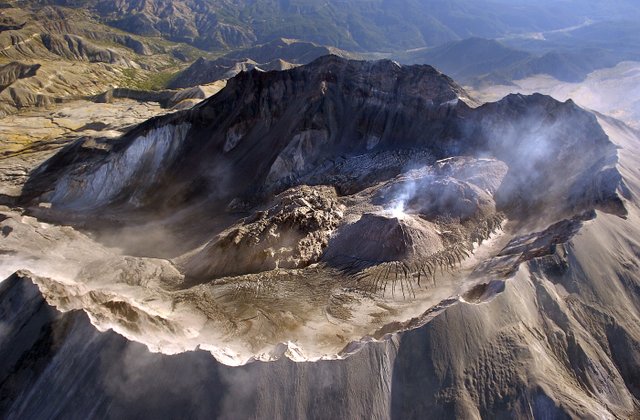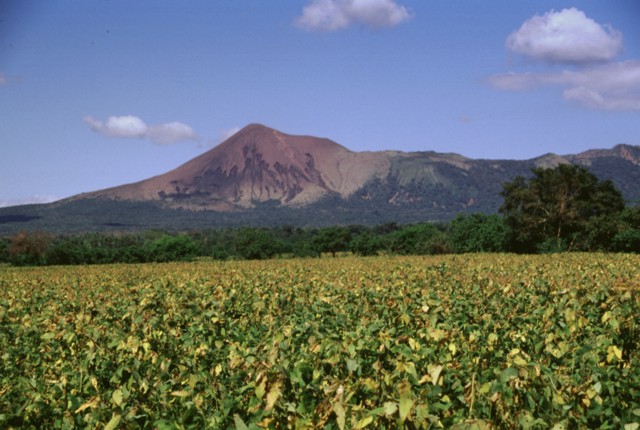Clues studied to predict when peak will erupt again

© Columbian filesMount St. Helens shook itself awake in October 2004 after eight years of relative quiet. Eruptions and dome-building continued until January of 2008, when the volcano entered a new period of hibernation. Scientists are now reading signals from deep within the mountain and rocks dating back thousands of years to try to predict when the mountain will recharge and become active again. This view from 2005 looks east, showing lobes of new domes formed within the crater during its 2004-08 eruptive stage.
Mount St. Helens has been mostly quiet since its most recent dome-building eruptions ended in January 2008. But scientists say it's a sure thing the volatile volcano in our backyard will reawaken.
The question they hope to answer is when.
Clues to the volcano's future lie in the faint signals of magma moving in a cigar-shaped chamber deep within the mountain, in the eruptive history of a similar volcano on Russia's remote Kamchatka Peninsula, and in the long geological record contained within Mount St. Helens itself.
Cynthia Gardner, a scientist at the U.S. Geological Survey's Cascades Volcano Observatory in Vancouver, predicts the mountain will resume rebuilding itself sooner rather than later.
"Mount St. Helens will probably erupt again within the next several decades," she says. "As we look at its eruptive history, we know there was a flank collapse 2,500 years ago. We saw the cone rebuild itself over a century or a century and a half."
Yet since the 1980 eruption, she said, the mountain has rebuilt only 7 percent of its pre-eruption mass. "If we look at patterns from St. Helens' past history, and from volcanoes around the world, we come to the conclusion we are likely to see more eruptions."


